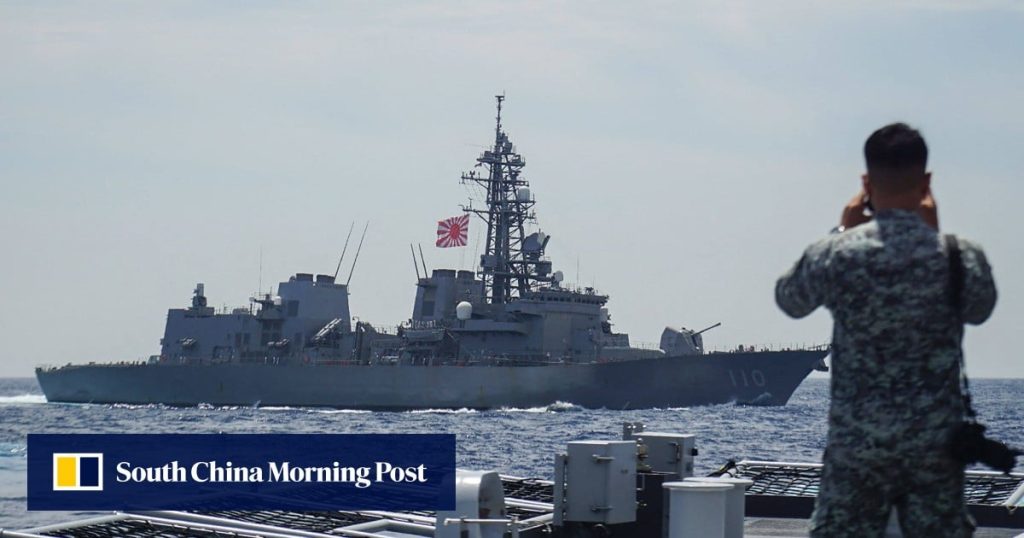Analysts said the “quasi-security alliance” – which took effect in September and is known as a reciprocal access agreement – could harden Manila’s stance in the contested waters, and that other US allies in the region could follow suit.
Ding Duo, an associate research fellow at the National Institute for South China Sea Studies, said the agreement did not imply Japan would have a permanent military presence in the Philippines.
But he said the pact – by reducing the costs and political barriers to strategic cooperation – created a pathway towards “normalising military interactions” between the two nations that had a shared goal of deterring China.
“The deal provides an institutionalised ‘fast track’ for both parties, particularly the Japan Self-Defence Forces, to conduct joint exercises, logistical support and ship and aircraft visits in the Philippines,” Ding said.

Less than a month after the pact took effect, Japan and the Philippines held a five-day joint military exercise, which included the delivery of emergency relief supplies to the Philippine island of Cebu following a magnitude 6.9 earthquake.


